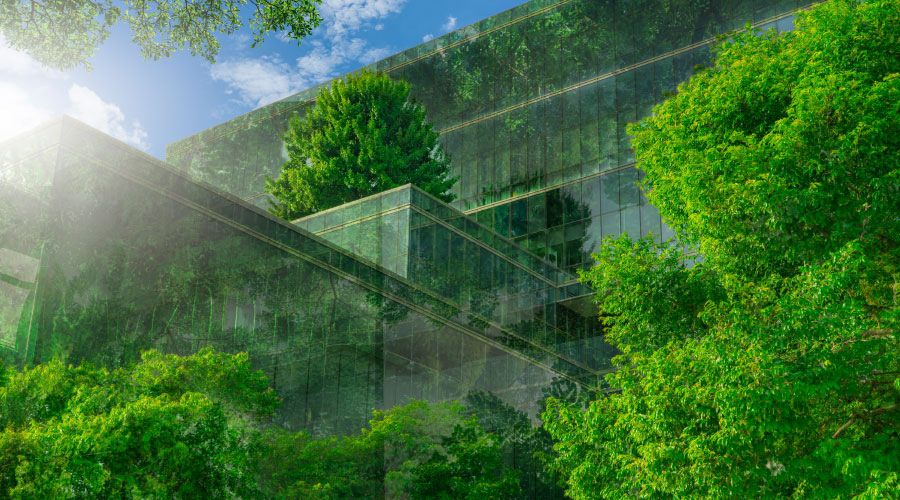ICT, Uptime And Direct Internet Connection Are Some Of Brickell World Plaza's Selling Points
In addition to investing in green features, the Foram Group, owner and manager of 600 Brickell, also put money into ICT and uptime elements to benefit tenants. The building has dual power feeds from Florida Light & Power. What's more, tenants have access to a supplemental emergency generator. The building is also literally hardwired into the Internet; its location is less than a mile from an Internet Exchange Point (IXP), the only one on the Atlantic coast south of Washington, D.C. That means the building is directly connected to one of the few true global Internet exchanges, without having to go through Internet providers. To ensure tenants get the full benefit of that connectivity, 600 Brickell has redundant fiber connections to the IXP and redundant fiber links to each floor.
600 Brickell also has a data center specifically designed for colocation for building tenants. "This data center is also tied into the building's network infrastructure," says Ilene Munoz, the building's general manager. That means tenants can house their IT equipment in a protected data center, while still having their equipment on their office network at full network speeds. The colocation and connectivity services are sold through a separate company, Peer-Point, that is owned by the building but operates separately from the leasing and management side.
It would be easy to take a look at the rich appearance of 600 Brickell — to say nothing of LEED Platinum certification and its ICT features — and think that the building was built because of deep pockets. To some extent, that's true. But the reality, says Munoz, is that while some aspects of the project and development might be considered extra costs, the bottom dollar cost is very comparable to new, conventional construction.
Foram Group, though naturally always aware of costs, was concerned more with the bottom-line benefits of the green design, according to Brenda Morawa, vice president for North American operations at Integrated Environmental Solutions, green consultant for the project. Morawa says that other organizations are increasingly looking for similar solutions with new construction.
"They might not reference Miami or 600 Brickell specifically, but they want the same features and can make the business case for it," she says.
So, to make the $300 million project's business case, Munoz insists smart decisions during the planning and pre-construction process were requisite.
"For example, the decision to take advantage of daylight harvesting made sense and has proven cost-effective," she says. "In addition, the high-impact windows, designed to withstand 334-mph winds, have helped decrease insurance premiums."
Munoz says that, broadly speaking, tenants and businesses expect more sustainable building practices to lower their own costs and create healthier, more productive environments. But she notes that occupants also are increasingly clamoring for improved Internet reliability, speed and security.
Related Topics:














